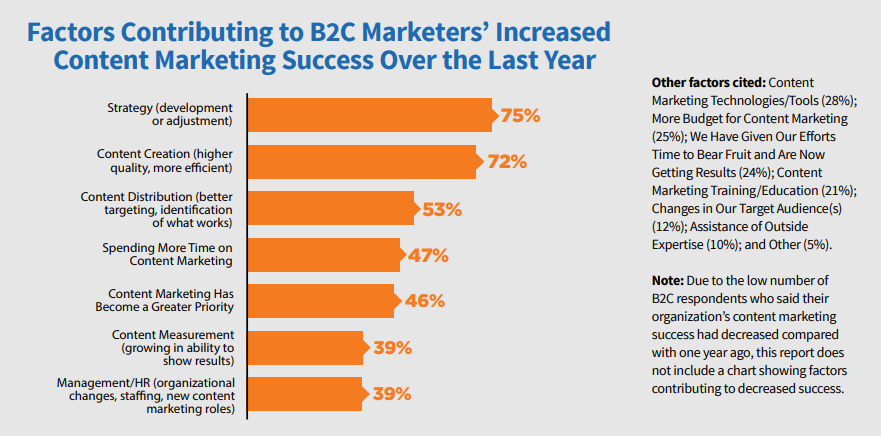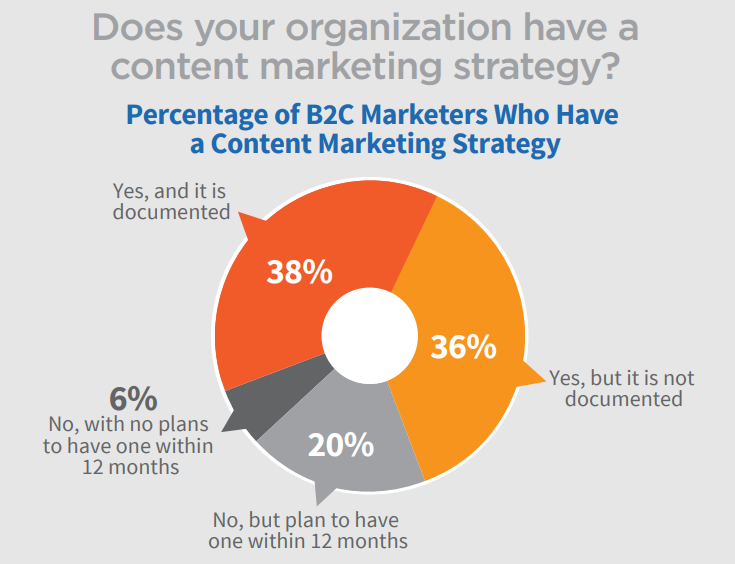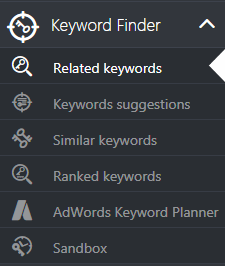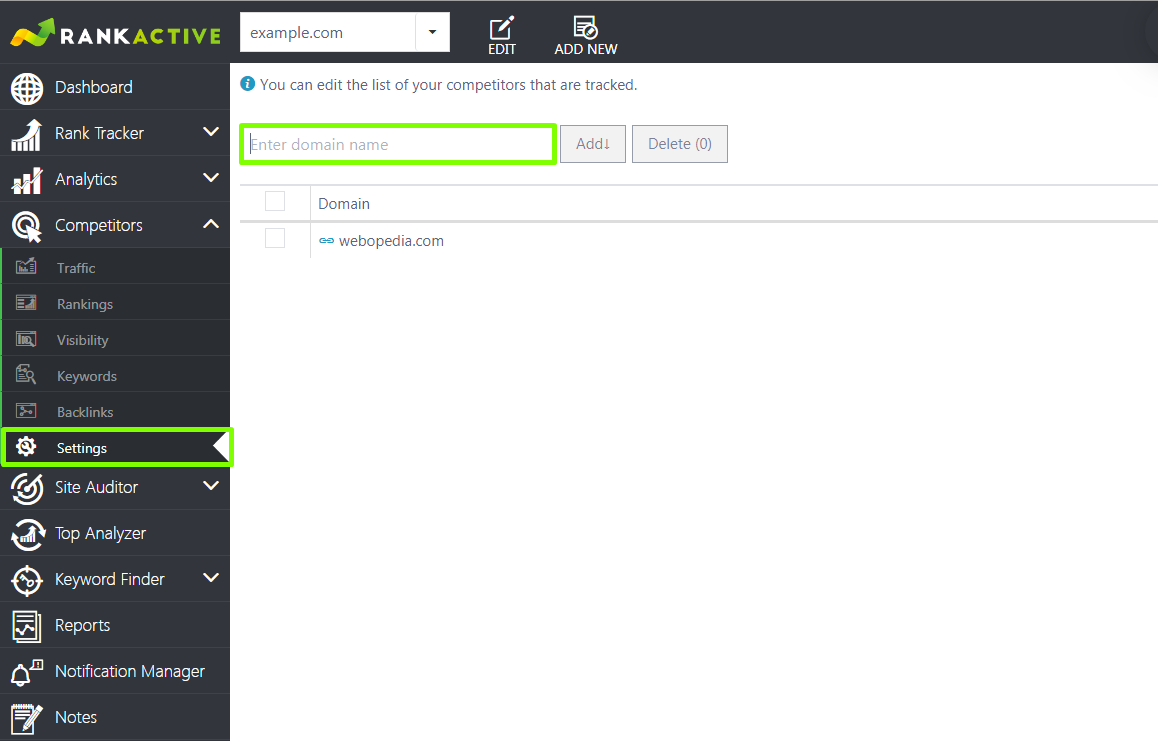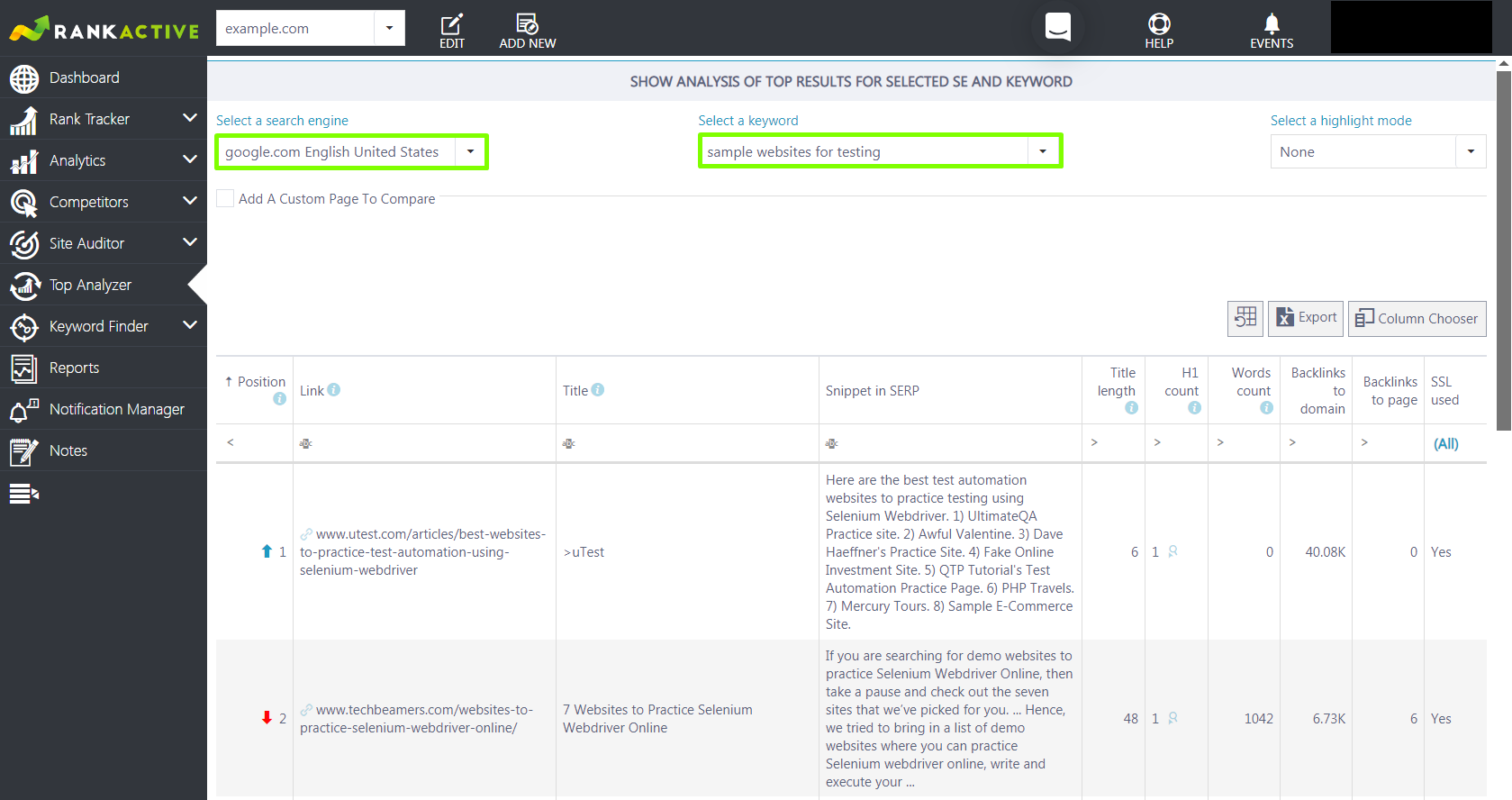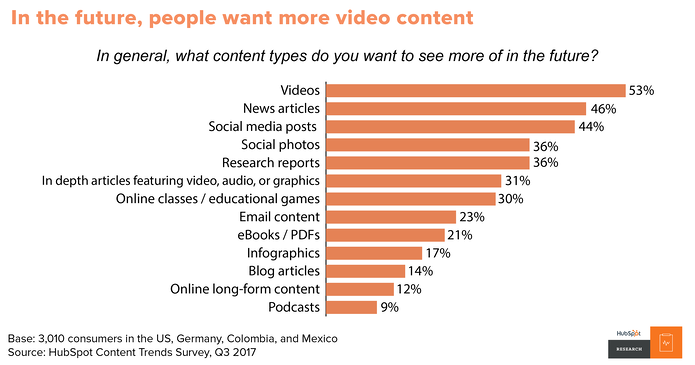How to Create a Rocking Content Plan and Get Your Posts to the TOP with RankActive
8 May 2019 Leave a comment CONTENT MARKETING, KEYWORD RESEARCH
Can you imagine growing a business without a solid plan? It’s impossible to get regular income when you wander around in the darkness. Content, as a part of the marketing strategy, also requires a steady list of actions, and it’s up to you how far you will go with it.
Today, we’re here to help you build up a perfect content plan. Starting from your current goal, we’ll conduct a keywords research, learn more about your competitors, and create a posting calendar. We’ve got much to do, so let’s start right now with some impressive market statistics.
Are You Sure You Need a Content Plan?
Why would you spend time on planning? Creating posts one after another seems to be a faster option for a business. But we’re not sure you will benefit from it in the long run, and here’s why.
- PointVisible conducted a survey in 2017 asking marketers about their content efforts. 73% of B2B and 76% of B2C business representatives stated that a content marketing plan is a part of their day-to-day business processes. Additionally, 75% of companies were increasing their investments in content marketing.
- Content creation is on top now – 86% of respondents say they use content marketing as a part of their business strategy. And a strategy is called the top factor that contributes to the overall content marketing success.
- And even though a strategy is essential, only 38% use a documented content strategy in their work, while 36% know what to do next but don’t have these steps on paper.
All in all, content creation allows companies from both B2B and B2C markets to keep up with the pace of their competitors. And while some marketers don’t document their strategies properly, you can earn more points for your company.
The thing is, you won’t forget the smallest detail with a proper plan. Plus, you won’t spend time thinking about the next step because you’ve already written it down.
5 Steps to Create a Content Plan that Brings Profit
If you read this, then you don’t have any doubts or hesitations – the time for a hard-rock content planning has come. Let’s discuss your goals and intentions first.
Step 1: Define Your Main Goals
Strictly speaking, a clear goal is a part of any project or strategy. There are five common goals that can be achieved with a solid content plan:
- Increasing awareness about the brand.
- Generating website traffic.
- Attracting more leads.
- Turning leads into buyers.
- Creating upsells and growing customers’ loyalty.
Note that different types of content can help you with different goals. This is how it may look like:
- Increasing awareness about the brand: writing blog posts or creating infographics with viral or entertaining information that speaks to your target audience.
- Generating website traffic / attracting more leads: optimizing website pages and writing articles with helpful content.
- Turning leads into buyers / creating upsells: writing case studies, long-form articles, or detailed PDF documents.
You might have noticed that each goal requires one significant detail – the reader’s persona. How much do you know about the people who visit your website?
Step 2: Define Your Target Audience
Articles you write address specific people, and you should know whom exactly. Here are the key reasons to define your target reader:
- Addressing all the web users at a time is impossible. What interests do they have? Do they have time to read long articles? What is the level of their expertise? Knowing all that allows you to create content for readers who would appreciate the knowledge you’re sharing.
- You can clearly understand what benefits your content brings to readers. With users in mind, it’s easier to create something valuable to this particular audience.
- If content speaks to them, people will get back for more, which eventually increases your website’s conversion rates.
So, what do you typically need to create a user portrait? These are the main points:
- Age, gender, marital status, kids.
- A job title and income level.
- Values, hobbies, interests.
- Is it the final decision maker?
- The critical need to buy a product.
- How your product satisfies the need.
The best idea is to find several people who fit your target audience and look through their social activity. Posts, likes, and shares can tell a lot about your reader. And lastly, when you choose where to publish your content, opt for those social media channels where the target audience spends most of its time.
Step 3: Generate Topic Ideas
Now it’s getting clearer: you know your reader a little closer, and you probably know a lot about your product. The next step is to make a list of new article topics.
First, you should figure out what subjects have been already covered. The simplest way to check them is to conduct a quick content audit. With RankActive, it’s a matter of several clicks. Now you have a list of articles in front of you.
Even if you’re running a brand new website, there are some general practices that you need to apply: keyword research and competitor analysis. Experts would recommend you lots of tools to use, but you can get everything in one place.
Keyword Research
What would beginners do to find keyword ideas? Probably, they’ll use Google autocomplete. But you can go way further and check four more sources with Keyword Finder. It’s one of RankActive’s products, and it allows you to search for valuable keyword ideas all over the web.
After you’ve created a project in our platform, you can go straight to the Keyword Finder section. That’s the options you have:
- Related keywords will help you find keywords from Google Related Search.
- Keywords suggestions are coming from Google autocomplete we’ve just mentioned.
- Similar keywords are here for you when you need long-tail keyword ideas.
- Ranked keywords are a list of keywords that help any website to rank higher.
- AdWords Keyword Planner is especially useful when you already have an account in AdWords. You won’t have to switch between the two accounts – RankActive gathers all the data in one place.
Sandbox is a place where you can store and structure all the ideas you’ve gathered. You can break them into groups and send them to Rank Tracker later on.
Competitor Analysis
The easiest way to analyze your competitors in terms of their content is to look through their blogs. You’ll find out what readers they address to and what topics they usually choose. But it’s not enough if you want to advance your services to the next level. Let’s see what Competitors Inspector has to offer.
First of all, you can figure out if competitors use the same keywords as you do. After you’ve added several keyword ideas to your project, you can check if they overlap your competitors’ keywords lists.
In case you need more information for your SEO strategy, you can also check the traffic, rankings, visibility, and backlinks of your competitors. To do that, you only have to identify their domain names in Settings.
Also, you can get a hint on other websites that rank for the same keyword ideas. Maybe there is a competitor you don’t know about yet? We’ll solve this riddle with Top Analyzer.
This instrument is straightforward to use. All you have to do is to define a search engine and a keyword you rank for. That’s all. RankActive does the rest of the work. The end result looks similar to this:
You get ten links that rank for the same keyword, and some of them may lead to a new competitor. You can follow the link to find out more about the content creation approach and maybe gather some ideas for your work in the future.
Step 4: Decide What Types of Content You’re Going to Publish
You have a list of keywords and topics, and now they should be transformed into something wonderful. Blog articles are not the only way to share your knowledge and expertise, and we have to think bigger.
The HubSpot survey shows that users want to see more video content in the future. Articles and social media posts will also be on point, but if you’re going to stand out in the competition, consider other options:
Should you use each of these content types? Surely not. It all depends on the market and your target audience. If you run an educational platform, in-depth articles with images and videos can boost your authority. If you run a craft store, videos with DIYs would increase awareness about the brand, and so on.
Step 5: Know When to Publish Your Content
It might be the easiest but still significant part of content planning. The plan will be finished as soon as you see concrete dates when a particular article or a video will go live.
This is what your calendar should contain of:
- Due date
- Publishing date
- Author
- Title
- Post description
- Keywords to use
- Targeted personas
- CTA
That’s all it takes to make a content plan that works for you and brings you profit. Most importantly, don’t be hurry trying to accomplish all the steps at a time. The more attention you pay to each step, the more effective your plan will appear to be.
Content Is a King, While Planning Is a Queen
Our today’s article is another proof that planning is crucial no matter what project you have in mind. Content creation is a never-ending process with new market trends emerging on the way. Keeping an eye on the target audience and regularly monitoring keyword tendencies, you will always be ahead of competitors.
The five vital elements for you to remember: the plan’s goals, target audience, keywords research, types of content, and publishing schedule. If you have all that on paper, it’s already half the battle. RankActive, in its turn, makes every effort to speed up the research part of your plan.
Tags: competitors analysis, competitors inspector, content, content management, Keyword Finder, Keyword Research, Top Analyzer
Like this article? There’s more where that came from.
- 5 Questions to Ask Yourself Before Paying for Rank Tracking Software
- 5 Serious Mistakes Beginner SEOs Make and How to Fix Them
- Why We Use Google’s New Link Attributes and You Should Too
- Title and Description in 2021: Why Google Rewrites SEOs’ Meta Tags
- What We Should Learn From Google’s “About This Result” Feature


